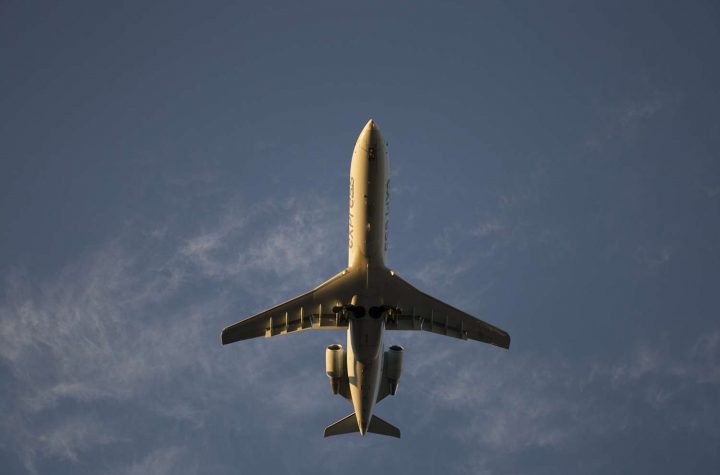- This topic is empty.
-
AuthorPosts
-
2025-05-12 at 3:37 pm #84158
When it comes to transportation, safety is often the foremost concern for travelers, policymakers, and transportation agencies alike. With the myriad of options available today, from air travel to public transit, understanding which mode of transportation is the safest requires a nuanced analysis of various factors, including statistical data, technological advancements, and regulatory frameworks. This post aims to dissect the intricacies of transportation safety, ultimately answering the question: What is the safest transportation?
Statistical Overview of Transportation Safety
To evaluate the safety of different transportation modes, we must first consider the statistics. According to the National Safety Council (NSC), the fatality rate per mile traveled is a crucial metric. Here’s a comparative look at various transportation modes based on recent data:
1. Air Travel: Statistically, commercial aviation is one of the safest modes of transportation. The odds of dying in a plane crash are approximately 1 in 11 million. This remarkable safety record can be attributed to rigorous regulations, advanced technology, and comprehensive training for pilots and crew.
2. Rail Transport: Trains, particularly passenger trains, also boast a strong safety record. The Federal Railroad Administration (FRA) reports that train travel is significantly safer than car travel, with a fatality rate of about 0.43 deaths per billion passenger miles.
3. Public Transit: Buses and subways are generally safer than personal vehicles. The American Public Transportation Association (APTA) indicates that public transit users are 10 times less likely to be involved in a fatal accident compared to car occupants.
4. Automobiles: Despite advancements in vehicle safety features, car travel remains one of the most dangerous modes of transportation. The NSC reports that the fatality rate for passenger vehicles is approximately 1.18 deaths per 100 million miles traveled.
Factors Influencing Transportation Safety
While statistics provide a foundational understanding, several factors contribute to the safety of each transportation mode:
1. Regulatory Oversight: Aviation is heavily regulated by agencies such as the Federal Aviation Administration (FAA) and the International Civil Aviation Organization (ICAO). These organizations enforce strict safety protocols, which significantly enhance air travel safety. In contrast, automobile regulations vary widely by region, often leading to inconsistencies in safety standards.
2. Technological Innovations: The integration of technology plays a pivotal role in enhancing safety across all transportation modes. For instance, advancements in air traffic control systems, collision avoidance technology in aviation, and automated braking systems in cars have all contributed to reducing accidents.
3. Human Factors: Human error remains a significant contributor to transportation accidents. In aviation, the implementation of Crew Resource Management (CRM) has been instrumental in mitigating human error. In contrast, the prevalence of distracted driving continues to pose a significant risk in automobile travel.
The Role of Infrastructure
Infrastructure quality is another critical aspect of transportation safety. Well-maintained roads, railways, and airports contribute to safer travel experiences. Countries with robust infrastructure tend to have lower accident rates. For example, nations with advanced rail systems, such as Japan and Germany, experience fewer rail-related incidents due to their investment in high-quality tracks and signaling systems.
Conclusion: The Safest Mode of Transportation
In conclusion, while air travel emerges as the safest mode of transportation based on statistical analysis and regulatory oversight, it is essential to consider the context of each journey. Factors such as distance, destination, and personal circumstances can influence the choice of transportation. Ultimately, the safest transportation method is one that aligns with individual needs while prioritizing safety through informed decision-making.
-
AuthorPosts
- You must be logged in to reply to this topic.


